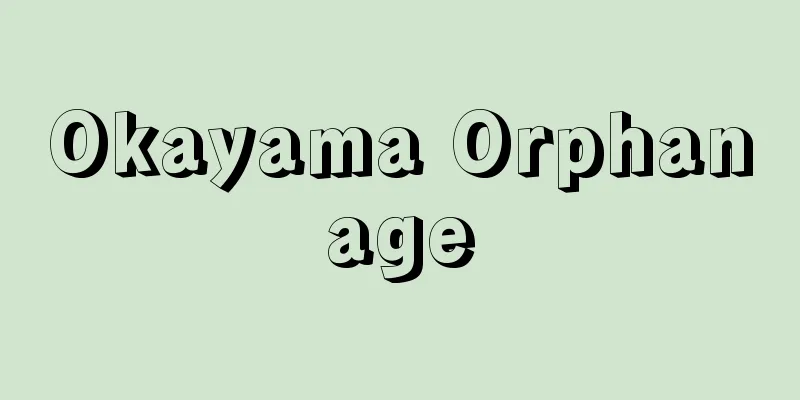Zhou Dunyi - Shutoni

|
A Chinese thinker from the Northern Song Dynasty. His courtesy name was Maoshu, and he was from Daoyingdao, Daozhou (Dao County, Hunan Province). He was born on the banks of the Lianxi River, and in his later years, he built the Lianxi Library at the foot of Mount Lu, for which he was called Master Lianxi. He moved around as a local official throughout his life, and although he was well-known in his post and was praised by some intellectuals for his noble character, he was virtually unknown at the time. He is highly regarded in the intellectual world as the person who transmitted the lost learning since Meng Ke (Mencius), due to the commendation given to him by Zhu Xi (Zhu Xi). His works include "Tai Chi Diagram," "Tai Chi Tu Shu," and "Tong Shu," which were later compiled into the "Zhouzi Quanshu." His theories were based on the "Book of Changes" and "The Doctrine of the Mean," and incorporated Taoist and Daoist ideas, but they also included many issues related to the foundations of Song learning, such as the theory of "Wujin Tai Chi," the theory of tranquility, the theory of sincerity, and the theory that sages can learn. [Akira Oshima February 17, 2016] "The Philosophy of Zhou Lianxi" by Hiroshi Ogiwara (1935, Fujii Shoten)" ▽ "The Tai Chi Illustrated Texts and Writings / Nishi Ming and Zhengmeng" translated and annotated by Shinichiro Nishi and Natsujiro Koito (1938, Iwanami Bunko)" [Reference] |Source: Shogakukan Encyclopedia Nipponica About Encyclopedia Nipponica Information | Legend |
|
中国、北宋(ほくそう)の思想家。字(あざな)は茂叔(もしゅく)、道州営道(湖南省道県)の人。濂渓(れんけい)の上(ほとり)に生まれ、晩年、廬山(ろざん)の麓(ふもと)に濂渓書堂を築き、よって濂渓先生と称せられた。生涯、地方官として各地を転々とし、任地では徳望があって一部の識者にその人格の高潔さをたたえられはしたが、当時はほとんど無名に近かった。彼が孟軻(もうか)(孟子)以来の絶学を伝えた者として思想界に重んじられるのは、朱熹(しゅき)(朱子)の表彰による。著作には『太極図(たいきょくず)』『太極図説』『通書』などがあり、のちに編纂(へんさん)された『周子全書』に収める。その学説は『易(えき)』と『中庸(ちゅうよう)』とを根拠にして道家・道教の思想を取り込んでいるが、「無極而(にして)太極」説をはじめ主静説、誠説、聖人可学説など、宋学の根幹にかかわる問題を多々含んでいた。 [大島 晃 2016年2月17日] 『荻原擴著『周濂渓の哲学』(1935・藤井書店)』▽『西晋一郎・小糸夏次郎訳注『太極図説・通書/西銘・正蒙』(1938・岩波文庫)』 [参照項目] |出典 小学館 日本大百科全書(ニッポニカ)日本大百科全書(ニッポニカ)について 情報 | 凡例 |
<<: Shunaisho (English name) Xiu-nei-si-yao
>>: Father-in-law/mother-in-law - Father-in-law and mother-in-law
Recommend
Abnormal weather - Ijōkishou (English spelling) unusual weather
A rare weather condition that occurs approximatel...
Naganuma [town] - Naganuma
A town in Yubari County, Hokkaido. The eastern par...
Ishijo Mountain - Iwakisan
This mountain is located in the southeastern part...
Aizu Street - Aizu Street
…In the Edo period, this refers to roads other th...
Lusinchi, J.
...The COPEI government of Luis Herrera Campins (...
Būshehr (English spelling)
The capital of Bushehr Province in southern Iran....
Gastric and large intestinal reflex
…The movement of the large intestine is not usual...
Good Manufacturing Practice
...Regarding certain side effects of drugs, an in...
Perineum
In men, it is the area between the posterior bord...
Schiphol Airport
…In addition, Rome also has an old airport called...
Parallel world
...Also, because the fourth-dimensional world is ...
Indirect lighting
A method of indirect lighting by directing light f...
Kensho - Kensho
Date of birth and death unknown. A poet and schol...
Eumeces marginatus (English spelling) Eumeces marginatus
…[Hiroshi Aramata]. … *Some of the terminology th...
Jasmine - Jasumin (English spelling) jasmine
The English name of a plant in the genus Jasmine ...









